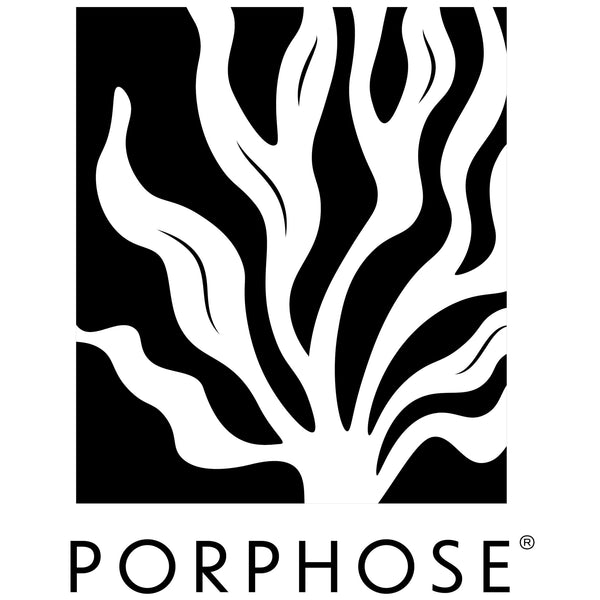
Porphyridium’s “Calm‑Down” Factor: How a Red Micro‑Alga Tames Skin Inflammation
Share
High‑performance skincare isn’t just about blocking free radicals; it’s also about quieting the red, itchy cascade that follows. Meet Porphyridium cruentum, a tidal‑zone micro‑alga whose sulfated exopolysaccharides (s‑EPS) are turning heads for their potent anti‑inflammatory action—and they’re backed by peer‑reviewed data, not marketing hype.
1. Enzyme blockade: stopping inflammation at the gate
Skin swells when enzymes like hyaluronidase and elastase chew through its support matrix. Researchers found that P. cruentum s‑EPS inhibits hyaluronidase by 96 percent and elastase by nearly 50 percent, effectively shutting down two early triggers of redness and edema (Díaz Bayona et al.).
2. Cytokine chill‑out: dialing down the immune alarm
In macrophage models, Porphyridium polysaccharides stood out as “potent inducers” of anti‑inflammatory balance—quieting TNF‑α and steering immune cells away from a chronic‑attack mode (Casas‑Arrojo et al.). Translation? Less itch and fewer flare‑ups for conditions like dermatitis and psoriasis.
3. Barrier first‑aid: repair that reduces future flare
A 2024 study showed that Porphyridium EPS up‑regulates barrier proteins—filaggrin, involucrin, loricrin—and accelerates fibroblast migration, leading to quicker wound closure (Han et al.). A stronger, faster‑healing barrier is less prone to the micro‑tears and bacterial sneak‑ins that keep inflammation smoldering.
Why it matters for formulating and for daily use
By stacking enzyme inhibition, cytokine modulation, and barrier repair in one bio‑derived ingredient, Porphyridium offers a multi‑angle solution for reactive, redness‑prone skin—without relying on high‑dose steroids or synthetic immunosuppressants. Look for INCI names like “Porphyridium Polysaccharide” or “Red Algae Extract” and you’ll know the calm comes from solid science.
Works Cited
Casas‑Arrojo, Virginia, et al. “Immunomodulatory, Antioxidant Activity and Cytotoxic Effect of Sulfated Polysaccharides from Porphyridium cruentum (S.F. Gray) Nägeli.” Biomolecules, vol. 11, no. 4, 2021, article 488.
Díaz Bayona, Kenny C., et al. “Activity of Sulfated Polysaccharides from Microalgae Porphyridium cruentum over Degenerative Mechanisms of the Skin.” International Journal of Science and Advanced Technology, vol. 2, no. 8, 2012, pp. 85‑92.
Han, Sang‑Il, et al. “The Effect of Exopolysaccharides from EMS‑Induced Porphyridium cruentum Mutant on Human Epidermal and Dermal Layers.” Frontiers in Marine Science, vol. 11, 2024, article 1365311.
